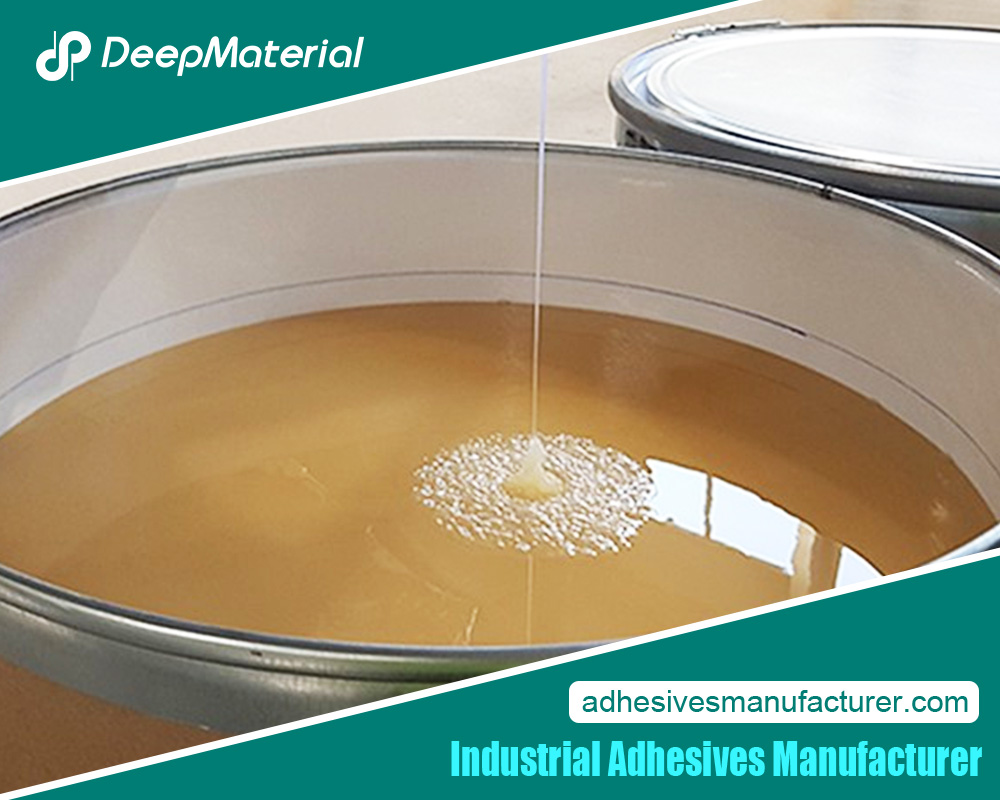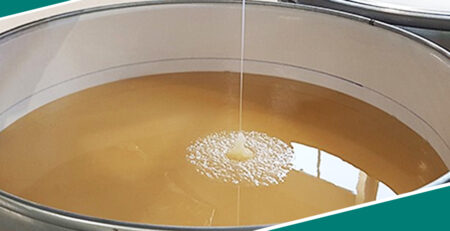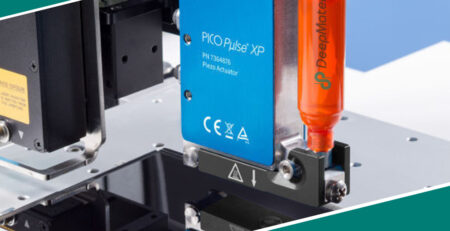Mini Silicone Optical Glue Market: Trends, Growth, and Industry Insights
Mini Silicone Optical Glue Market: Trends, Growth, and Industry Insights
The mini silicone optical glue market has seen significant growth in recent years, driven by advances in optical technology and the increasing demand for lightweight, flexible, and high-performance materials. Optical adhesives play a critical role in applications that require precise bonding, particularly in optoelectronic devices such as lenses, cameras, displays, and fiber optic communication systems. The unique properties of mini silicone optical glue make it highly suitable for these applications, allowing for reliable adhesion, flexibility, and high optical clarity.
In this article, we will explore the critical aspects of the mini silicone optical glue market, including market trends, growth factors, key players, applications, and challenges. Businesses and stakeholders can make informed decisions in this expanding sector by understanding these dynamics.
Introduction to Mini Silicone Optical Glue
Mini silicone optical glue is a type of adhesive primarily composed of silicone used in the optical industry for bonding and sealing purposes. It has superior properties such as high optical clarity, low viscosity, high flexibility, and excellent thermal stability, making it ideal for delicate optical applications.
Silicone-based optical adhesives are increasingly used in smaller devices where traditional adhesives might fail due to temperature fluctuations or mechanical stress. The ‘mini’ designation typically refers to applications in compact devices or systems, including wearable technologies, miniature sensors, and small-scale optoelectronic devices.
Critical Characteristics of Mini Silicone Optical Glue:
- High optical clarity: Ensures that light transmission through bonded components is not obstructed.
- Thermal stability: Can withstand extreme temperatures without degrading.
- Flexibility: Silicone glues remain flexible even after curing, reducing the risk of stress-induced failures.
- Low shrinkage: Prevents misalignment or damage to sensitive optical components during curing.
- Chemical resistance: Resists exposure to harsh chemicals and environmental conditions.
 Market Growth and Trends
Market Growth and Trends
Market Size and Growth Projections
The global mini silicone optical glue market has been growing steadily due to the increasing demand for miniaturized electronic devices, advancements in optical technology, and the adoption of more advanced manufacturing techniques. According to industry reports, the optical adhesive market, including mini silicone variants, is expected to experience a compound annual growth rate (CAGR) of approximately 5-7% between 2023 and 2030. This growth is driven by the rising consumption of optical components in consumer electronics, automotive, medical devices, and telecommunications.
Key Market Trends
- Miniaturization of Devices: The trend toward smaller and more compact devices, such as smartphones, tablets, wearables, and miniature sensors, has boosted the demand for mini silicone optical glue. These adhesives are crucial for precisely assembling optical components in small spaces.
- 5G and Fiber Optic Communication: The rollout of 5G networks and the expansion of fiber optic communication systems have created a strong demand for high-performance adhesives to ensure reliable optical connections under various conditions. Due to their optical clarity and environmental resilience, silicone-based adhesives are ideal for this purpose.
- Medical and Diagnostic Devices: The healthcare industry is a significant growth driver, particularly for medical diagnostics and imaging equipment. In devices such as endoscopes, surgical tools, and diagnostic sensors, silicone optical adhesives are critical for optical clarity and biocompatibility.
- Sustainability and Eco-friendly Products: There is growing interest in developing eco-friendly and sustainable adhesives, including low-VOC (volatile organic compound) silicone optical glues. This trend aligns with increasing regulations on the environmental impact of manufacturing materials and processes.
Critical Applications of Mini Silicone Optical Glue
Consumer Electronics
Mini silicone optical adhesives are widely used in consumer electronics assembly, especially in smartphones, tablets, cameras, and wearable devices. These adhesives provide the bonding strength and optical performance required for touchscreens, lenses, and display components. Additionally, the flexibility of silicone adhesives ensures durability in devices subject to frequent handling and movement.
Automotive Industry
The automotive industry is increasingly adopting optical adhesives in the development of advanced driver assistance systems (ADAS), cameras, and display panels. Mini silicone optical glue is crucial in bonding optical sensors and lenses in autonomous driving technologies, where precision and durability are paramount. Silicone adhesives’ high-temperature stability also ensures reliable performance in harsh automotive environments.
Telecommunications
Optical adhesives are used in fiber optic networks, connectors, and communication devices in the telecommunications sector. As the demand for faster and more reliable communication grows, the use of mini silicone optical glue in fiber optic connections and signal transmission devices continues to expand. Silicone adhesives ensure low signal loss and high reliability in fiber optic cables and connectors, supporting the development of 5G and other high-speed networks.
Medical Devices
Silicone optical adhesives are used in medical devices where optical performance is essential, such as endoscopes, imaging systems, and diagnostic equipment. These adhesives offer biocompatibility, making them safe for medical applications that come into contact with human tissue. Additionally, their optical clarity ensures that medical imaging devices provide accurate and reliable results.
Optoelectronics and Displays
Optoelectronics, including LED displays, OLED screens, and photonic devices, rely on mini silicone optical adhesives for bonding and sealing optical components. These adhesives help maintain the clarity and brightness of displays while ensuring durability and resistance to environmental factors such as humidity, UV exposure, and temperature variations.
Challenges and Opportunities in the Mini Silicone Optical Glue Market
Technical Challenges
Despite the growing demand for mini silicone optical glue, several technical challenges still need to be solved. One such challenge is ensuring the adhesives maintain their optical clarity and performance over long periods and in extreme conditions. For instance, prolonged exposure to UV radiation or high temperatures can degrade silicone adhesives, reducing transparency or yellowing over time. Manufacturers are actively working on improving the formulations to overcome these limitations.
Cost Constraints
Mini silicone optical glues, particularly high-performance variants, can be more expensive than traditional adhesives. This may limit their adoption in cost-sensitive markets or applications. However, as demand increases and production processes improve, the costs are expected to decrease, making these adhesives more accessible to a broader range of industries.
Regulatory and Environmental Concerns
As industries move toward more sustainable and eco-friendly materials, the optical adhesive market must address concerns related to the environmental impact of silicone adhesives. Regulatory bodies are imposing stricter guidelines on the use of chemicals in manufacturing, leading to a push for adhesives with lower VOC content and reduced environmental impact. This presents both a challenge and an opportunity for companies to innovate and develop more sustainable adhesive solutions.
Opportunities for Innovation
The mini silicone optical glue market presents several opportunities for innovation, particularly in developing adhesives with enhanced durability, faster curing times, and improved environmental resistance. There is also potential for creating hybrid adhesives that combine the best properties of silicone with other adhesive materials to meet the specific demands of different industries.
Key Players in the Mini Silicone Optical Glue Market
Several companies dominate the global mini silicone optical glue market, focusing on innovation, product development, and strategic partnerships. These key players include:
- Dow Corning: A leader in the silicone industry, Dow Corning offers a range of silicone-based optical adhesives for electronics, automotive, and medical applications. The company’s focus on research and development ensures continuous innovation in adhesive technologies.
- Shin-Etsu Chemical Co., Ltd.: This Japanese chemical company is known for producing high-quality silicone materials, including optical adhesives. Shin-Etsu’s products are widely used in optoelectronics and telecommunications applications.
- 3M Company: 3M is a well-known player in the adhesive market. It offers a broad portfolio of optical adhesives, including silicone-based products. The company’s adhesives are used in consumer electronics, automotive, and medical industries.
- Momentive Performance Materials: Momentive offers a range of silicone adhesives, including those designed for optical applications. Their products are known for their high-performance properties, such as optical clarity and thermal stability.
- Henkel AG & Co. KGaA: Henkel is a global leader in adhesives, sealants, and functional coatings. The company’s silicone-based optical adhesives are used in various industries, including electronics, telecommunications, and automotive.
 Future Outlook and Conclusion
Future Outlook and Conclusion
The future of the mini silicone optical glue market looks promising, driven by the continued growth of key industries such as consumer electronics, automotive, telecommunications, and healthcare. As the demand for high-performance adhesives increases, manufacturers will focus on improving silicone-based adhesives’ optical clarity, durability, and environmental resistance.
Additionally, the trend toward miniaturization and developing more compact devices will further drive the adoption of mini silicone optical glue. Companies that invest in research and development to address the technical challenges and regulatory concerns will be well-positioned to capitalize on the market’s growth.
In conclusion, the mini silicone optical glue market is poised for robust growth in the coming years, with ample opportunities for innovation and expansion across various industries. As technological advancements continue to drive demand for high-performance adhesives, silicone optical glue will play an increasingly important role in ensuring the reliability and functionality of modern optical devices.
For more about a complete guide to the mini silicone optical glue market: trends, growth, and industry insights, you can pay a visit to Deepmaterial at https://www.adhesivesmanufacturer.com/ for more info.












